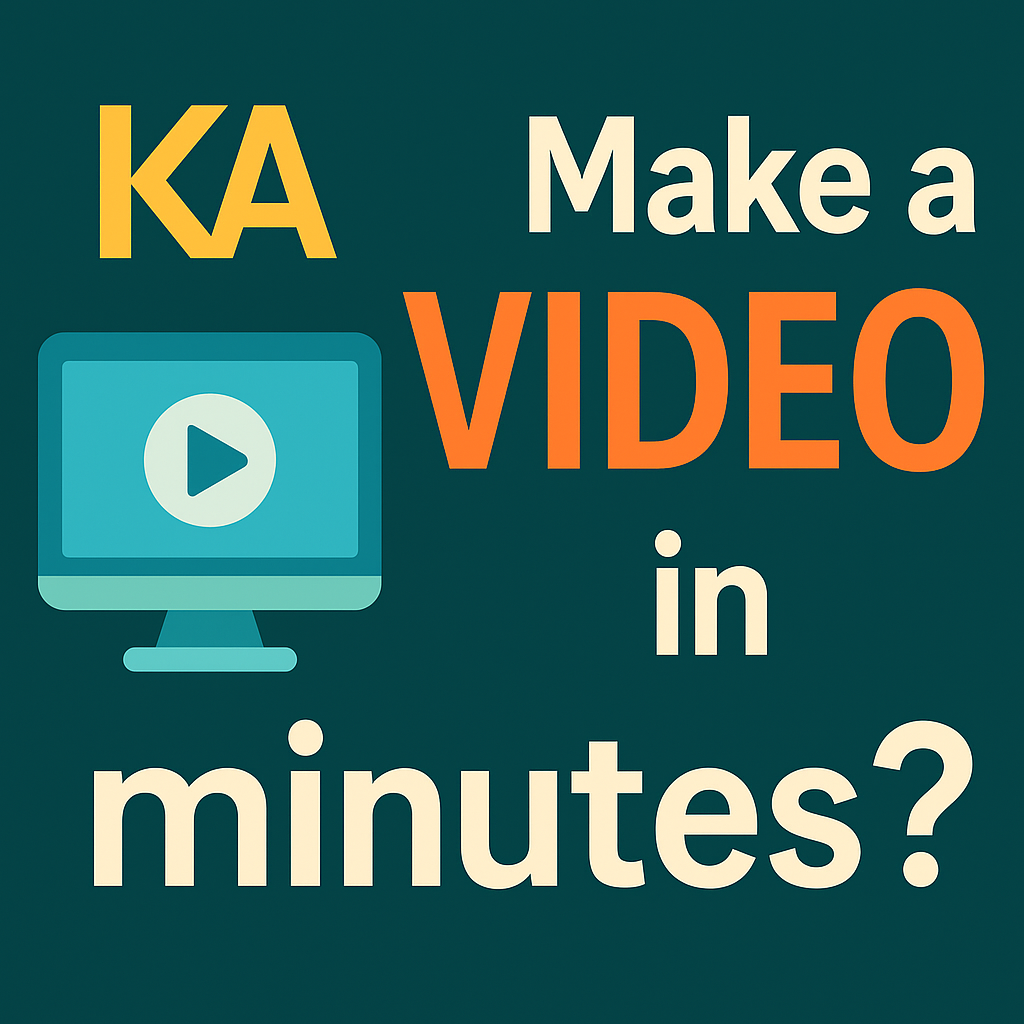Recently on YouTube, I kept hearing the same claim: “AI can make a full video in just a few minutes.”
Kling AI in particular promotes itself with phrases like “Instant video creation.”
I was curious, so I gave it a try. I even prepared prompts with ChatGPT, thinking it would be smooth sailing. But after actually testing it, the reality was far from the promise.
Simple structures, inconsistent results
I started by creating very simple video structures—just a topic, a few scenes, and a thumbnail image. But the results were never the same.
- Some scenes ran too long while others were cut off too short
- Tone and mood were inconsistent from clip to clip
- Characters changed expressions and movements in ways that broke continuity
The expectation of “AI will handle everything for me” quickly disappeared.
Fixed prompts? Easier said than done
Many creators say: “If you just fix your prompt, the output will be stable.”
So I tried locking instructions with ChatGPT and using the same prompt again and again.
But the results were still unpredictable. AI interprets the same input differently each time, so keeping story tone and character consistency is still difficult.
Time and money: more than you expect
Another surprise was the actual cost—both in time and money.
- The first draft might render in minutes, but revisions and retries take much longer
- High-quality outputs eat through paid credits quickly
- Thumbnails, captions, and editing still require manual work
In short, AI video tools save effort in some areas, but they are far from a fully automated production pipeline.
So… are AI video tools useless?
Not at all. I still find AI helpful for brainstorming ideas and building rough storyboards.
But if you expect a finished, polished video at the click of a button, you’ll be disappointed.
Instead, treat AI tools as assistants rather than replacements.
👉 Key Takeaways
- Kling AI’s “make a video in minutes” is more marketing than reality.
- Consistency in tone and characters is still lacking.
- Editing and revisions take extra time and money.
- AI is best used as a creative assistant, not a full replacement.
🔍 FAQ (SEO-focused)
Q. Can Kling AI really make a video in minutes?
A. It can generate rough clips quickly, but producing a polished video still requires editing and revisions.
Q. Can I run a YouTube channel with AI videos only?
A. You can get started with AI-generated content, but long-term growth requires human creativity, brand voice, and consistency.
Q. Is Kling AI worth trying?
A. For beginners, yes—as a brainstorming or prototyping tool. But don’t expect fully automated, professional videos just yet.
Q. Can you run a YouTube channel with AI videos only?
A. You can technically start a channel using only AI-generated videos, and it may work for short-term experimentation. However, building a successful channel long-term usually requires more than just automated content. Audiences look for consistency, originality, and a personal touch—things that AI alone cannot fully provide yet. The most effective approach is to use AI as a tool for ideas, drafts, or visuals, while still adding your own creativity, narration, or editing to keep viewers engaged.
👉 This way, you’ll rank for keywords like “Kling AI video review”, “AI video creation reality”, and “YouTube automation with AI.”
At the same time, the text feels like a personal review, not an AI draft—perfect for both AdSense approval and search traffic 🚀

